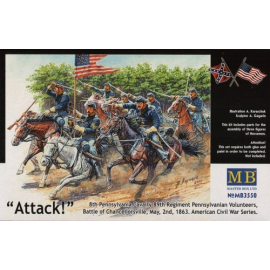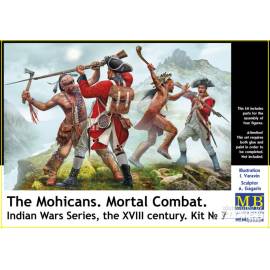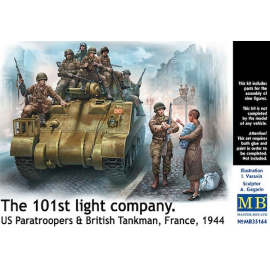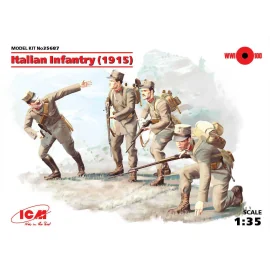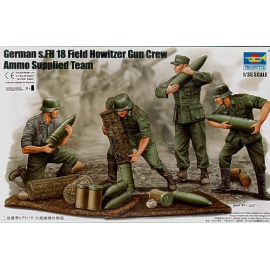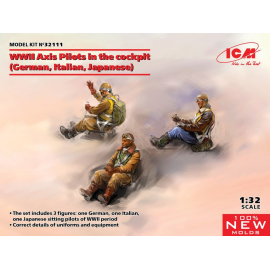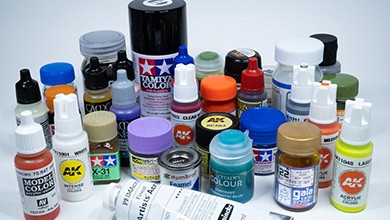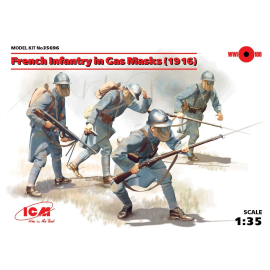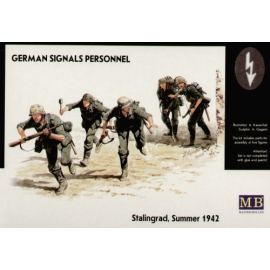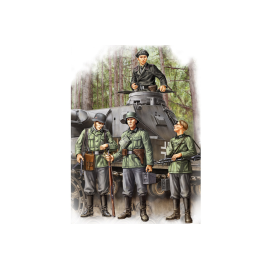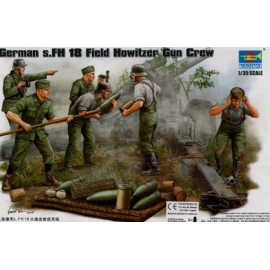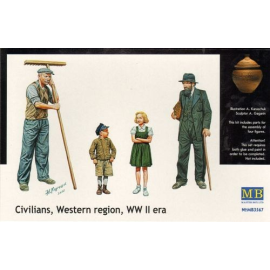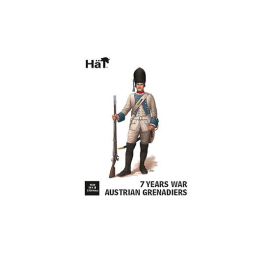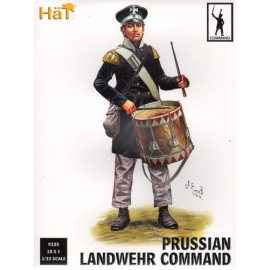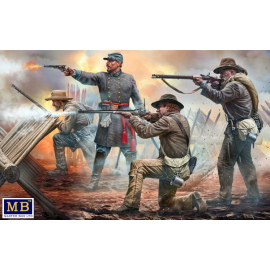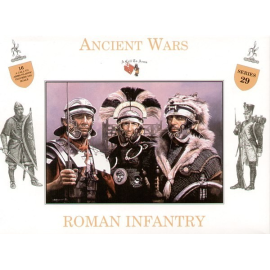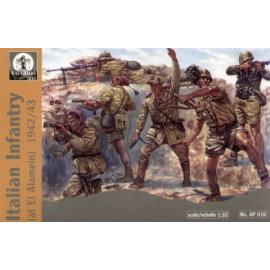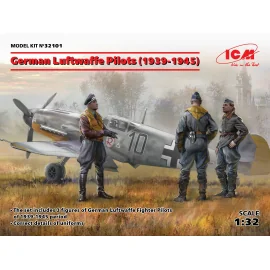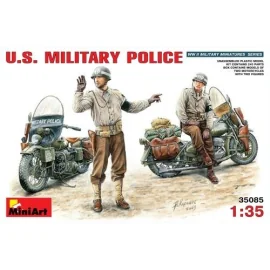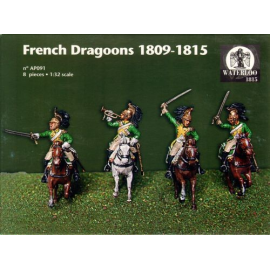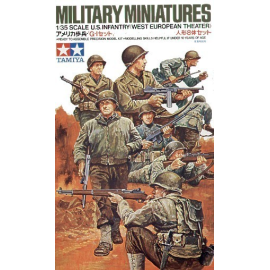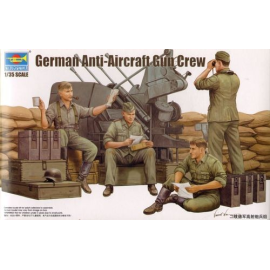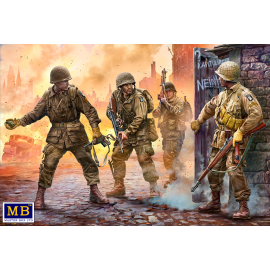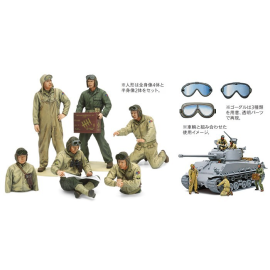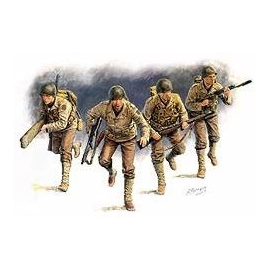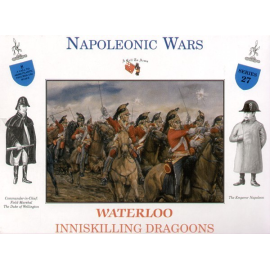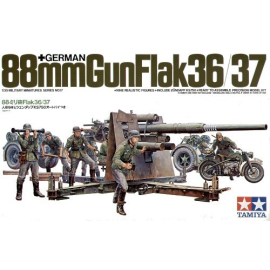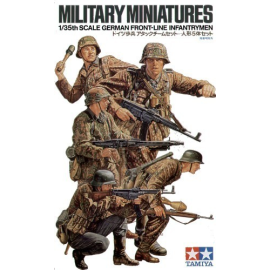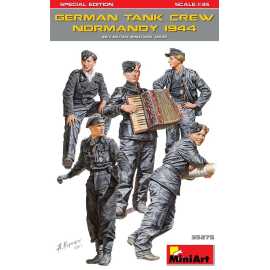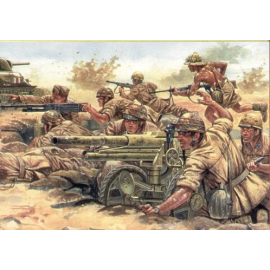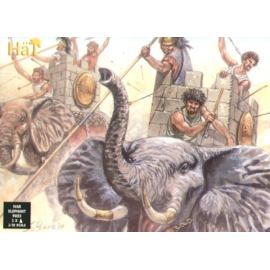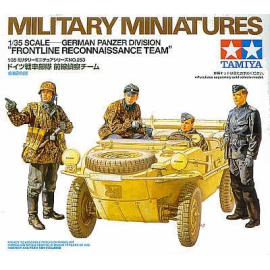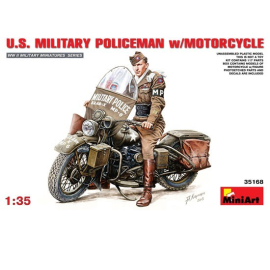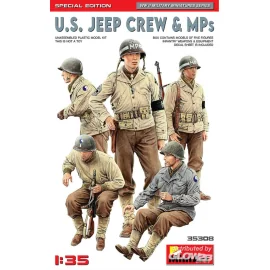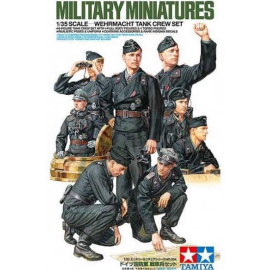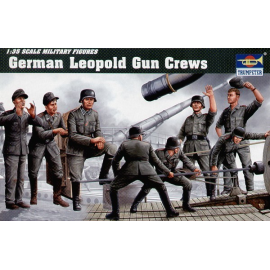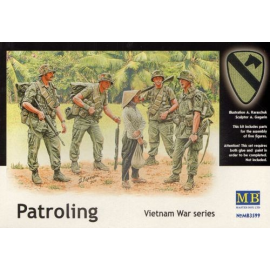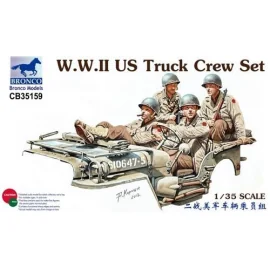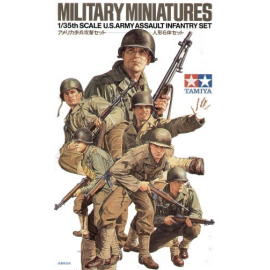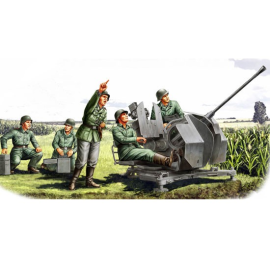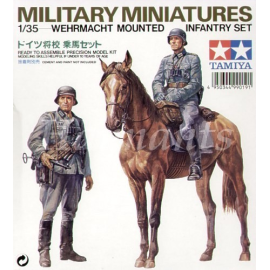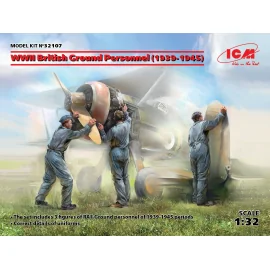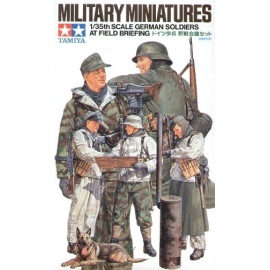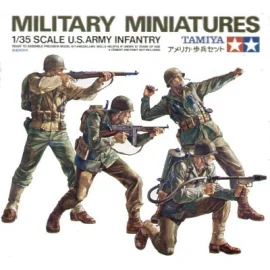1/35 miniatures: Tips & Tricks
Miniatures can come in a variety of sizes, and some of them translate into scales. Here's what you need to know about 1/35 scale miniatures.
What you need to know about 1/35 scale miniatures
What is a 1/35 scale miniature?
Generally expressed in millimetres, the scale of a miniature represents its size. Usually, for a character, it's the height from his feet to his eyes. For example, a 54 mm figure is 1.90 m tall at 1/35 scale (1900 mm/35). Alternatively, figures can sometimes be scaled in centimetres.
For example, if a truck is 10 metres long in 1/35 scale, its length in miniature will be 10 x 1/35, or 0.28 metres. At a scale of 1/35 in cm, the truck will be 28 cm long.
What other scales are there for miniatures?
Apart from 1/35 scale, there are other scales for miniatures. The scale classification of miniatures relates to model making in general (model railways, aircraft, military vehicles, etc.). Here are the most common miniature scales:
- 1/144 scale miniature;
- 1/87 scale miniature: the most common scale for model railways;
- 1/76 scale miniature;
- 1/72 scale miniature;
- 1/48 scale model;
- 1/43 scale figure: the scale used for classic cars;
- 1/32 scale miniature: along with the 1/35 miniature, this is the scale most commonly used for military models;
- 1/6 scale figurine
Why choose 1/35 scale for miniatures?
As mentioned above, 1/35 scale is the traditional or standard scale for soldier figurines. The larger the miniature, the more detailed it will be. On the other hand, the smaller it is, the more it can be used to create large-scale dioramas, such as a battlefield, in reasonable spaces.
For example, 1/35 or 1/32 figures measuring 54 mm in height represent a perfect compromise between volume and detail. That's why 1/35 scale has become the standard for military modelling.
What materials should I choose to make my figurine from?
It's perfectly possible to make a miniature yourself. In fact, there are various tool packs available for this purpose. As for the ideal material for making a miniature, there isn't one! Each material has its own level of complexity in terms of use.
Wooden figurine
Creating a wooden figurine requires a great deal of skill. It requires the use of specific tools such as a saw, a drill, glue, wax and other accessories.
What's more, making this type of figurine also takes time. With a good knowledge of carpentry tools, however, it can be much easier.
Metal figurines
Making a metal figurine is even more complex than making a wooden one. Metal is generally not an easy material to handle. The same goes for the tools used to shape it. Whether they are made of steel, iron or aluminium, these types of figurines require fairly complex work.
The materials mentioned above are generally the most difficult to use. A plastic figurine, for example, is easier to mould. Alternatively, sugar paste is an interesting alternative.
Back